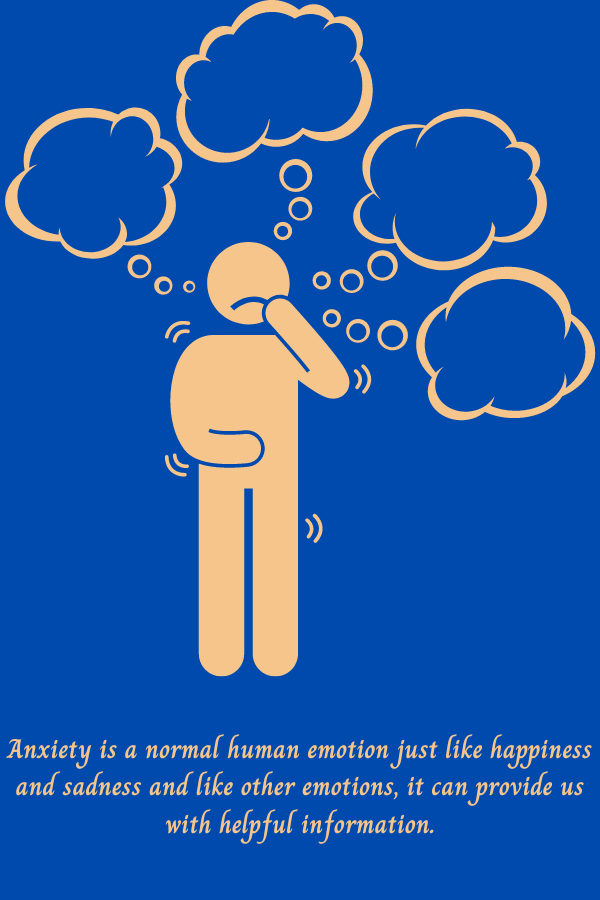What is Postpartum Anxiety… and how to lessen its intensity
Having a baby is filled with uncertainty. From conception to labor to all that comes after, there is a lot to look forward to and a lot to worry about. We look forward to that positive pregnancy test and then wait anxiously for that first ultrasound and detection of heartbeat. So what makes perinatal anxiety different and how do we know it has shown up?
Postpartum Anxiety means you feel multiple symptoms known as…
Overthinking, ruminating or persistent thoughts and difficulty with controlling the worrying. Anxiety can be very convincing. It becomes very hard to believe these thoughts are not true or won’t become reality.
Excessive worry is usually about safety or health. You love your new baby and feel that sense of responsibility for your baby. It may be hard to trust others with caring for them. It may be hard to get sleep because you are worried they may need you or may stop breathing in their sleep. Worrying can sometimes turn into OCD which is characterized by obsessive thoughts and reputations in behavior to calm those thoughts.
Restlessness or difficulty sitting still or feeling on edge
Agitation or irritability when you have so much on your mind demanding your attention, it can be difficult to make sense of all that is happening in the outside world at the same time and can escalate to rage.
Poor concentration or mind going blank
Difficulty sleeping in addition to waking up with your baby, it can be hard to go back to sleep or to feeling like you are able to rest when your mind is constantly working.
Physical symptoms such as racing heartbeat, muscle tension, shortness of breath or digestive issues can result from feeling too much anxiety
Outline of a person with his hand on the lower part of his face. Face depicts a frown surrounded by thought bubbles representing worries. Quote underneath reads “Anxiety is a normal human emotion just like happiness and sadness and like other emotions, it can provide us with helpful information.”
So what can you do to lessen the anxiety
Start with your body
Focusing on the physical symptoms can give your mind a break from the thoughts. Some ways to do this are breathing exercises, progressive muscle relaxation, movement or exercise.
There are many different breathing exercises but essentially you want to take deep inhales and long exhales and make sure the exhale takes just as long or longer than the inhale.
Progressive muscle relaxation involves tensing a part of your body and then relaxing it. Then you move on to another part of your body, focusing on each one at a time. Doing this can help you relax places in your body you may not even noticed were tense.
And movement/exercise can help get that nervous energy out when you are feeling restless or agitated. Taking a walk, practicing yoga or even dancing around your living room can help release some tension and some of those feel-good hormones.
Look for the signs of Anxiety
Anxiety is a normal human emotion just like happiness and sadness and like other emotions, it can provide us with helpful information. So what are some signs that anxiety may not be so helpful anymore? These can start in our bodies or in our behavior. Is anxiety keeping you from something that is important to you like enjoying your baby shower or the joy of your baby’s first bath?
By noticing when anxiety shows up, you can decide if it’s useful to listen to anxiety’s messages or you prefer to stay and experience the present moment.
Grounding/Mindfulness for Anxiety Relief
So how do we come back to the present moment you ask? Engage your senses. A common exercise is the 5, 4, 3, 2, 1 grounding exercise:
Notice
5 things you can see and list them
4 things you can touch and describe them (the softness of my shirt, the smoothness of the table surface, etc.)
3 things you can hear and describe those (the birds chirping, my dogs barking, etc.)
2 things you can smell (or remember the smell of)
1 thing you can taste (or imagine tasting)
So what were you worried about again?
Anxiety can creep up on us when we least expect it and lead us to many different feelings like doubt, worry, insecurity. If you are having trouble with managing anxiety, you can reach out for help. The strategies above are not exhaustive and are not medical recommendations.
If you are curious what therapy with me would be like, click here for more information.
If you would like more support, we can get to know your anxiety together and work on how to manage it. Schedule a consultation to get started! Email me at lillybeth@therapysecure.com or call/text me at (916) 905-3368 to schedule a free 20-minute consultation.
